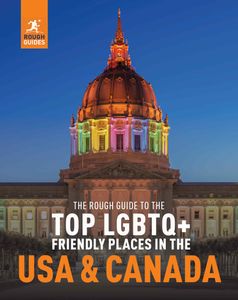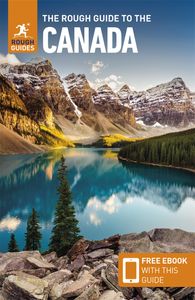The Klondike gold rush
There was nothing quite like the delirium of the 1898 Klondike gold rush. Over 100,000 people are estimated to have left home for the region, the largest single one-year mass movement of people that century. About 30,000 made it, but only four thousand found any gold. A couple dozen of these made – and lost – huge fortunes.
The first to prospect near the Klondike River was dour Nova Scotian Robert Henderson, the very embodiment of the lone pioneer. In early 1896 he panned 8¢ worth of gold from a creek in the hills above present-day Dawson City. He thought the creek would yield more and he panned out another $750 before returning downriver.
Henderson set about finding a route up the Klondike River to meet the creek he’d prospected. At the river’s mouth he met George Carmack and two of his Aboriginal friends, Skookum Jim and Tagish Charlie. Henderson told Carmack of his hopes, and then uttered the phrase that probably cost him a fortune: “There’s a chance for you George, but I don’t want any damn Siwashes [Aboriginal people] staking on that creek.” Henderson wandered off, leaving Carmack to prospect a different set of creeks – the right ones, as it turned out. On August 16, Skookum Jim found $4 of gold on Bonanza Creek. The next day Carmack staked the first claim and rushed off to register the find as Henderson prospected almost barren ground over the hills. Two weeks later, all of Bonanza had been staked and almost all the real fortunes had been secured by that winter.
In the spring of 1897, a thousand-odd miners from the West Coast arrived, drawn by vague rumours of a big find. The headlong rush followed the July 1897 docking of the Excelsior in San Francisco and the Portland in Seattle, with battered Yukon miners coming down the gangplanks dragging bags and boxes literally bursting with gold. The rush was on.
Thousands embarked on trips, but hundreds never returned. The most common route was to take a boat to Skagway, climb the dreaded Chilkoot Pass, pick up the Yukon River at Whitehorse and then sail 700km to Dawson City. The easiest and most expensive route lay by boat upstream from the mouth of the Yukon River in western Alaska.
The largest single influx came when the ice melted in May 1898 and a vast makeshift armada drifted down the Yukon River. As for the gold, it’s the smaller stories that resonate: the miner’s wife who wandered the creek by her cabin picking nuggets from the water; the $1000 of gold found during the Orpheum Theatre’s rebuilding in the 1940s, under the floorboards where it ended up fifty years before; or the $200 worth of dust panned nightly from a Dawson City saloon’s beer mats in 1897.
By 1899 the rush was mostly over – not because the gold had run out, but because the most easily accessible nuggets had already been taken. The gold rush had made Alaska, while Edmonton sprang from almost nothing and Vancouver’s population doubled in one year. It was the first of a string of mineral discoveries in the Yukon and the far North, a region whose vast, untapped natural resources are increasingly the subject of attention from multinational corporations as rapacious and determined as their grizzled predecessors.
Top of the World Highway
When they’re not shrouded by mid-morning fog (beautiful as well), the broad vistas you can snatch from the Top of the World Highway (Hwy-9), a summer-only gravel road, are spectacular. If you’re hiking, venture across the Yukon River via the George Black ferry from Front Street (mid-May to mid-Sept daily 24hr; rest of year 7am–11pm, depending on whether the river is frozen; free; t 867 993 5441) and pick up the trail. After 5km the road reaches a great panorama over the area and after 14km another viewpoint looks out over the Yukon Valley and the Ogilvie Mountains straddling the Arctic Circle; in late summer, many people pile out of their cars around here to pick wild blueberries. The road continues above the tree line as a massive belvedere and can be seen switchbacking over barren ridges into the distance. It hits the Alaska border 108km from Dawson, where you can cross only when the customs post is open (mid-May to mid-Sept 9am–9pm). Be prepared to do only about 50km/hr, and ask at the Dawson tourist office about local difficulties and fuel availability. Set your clocks back one hour when entering Alaska.

















